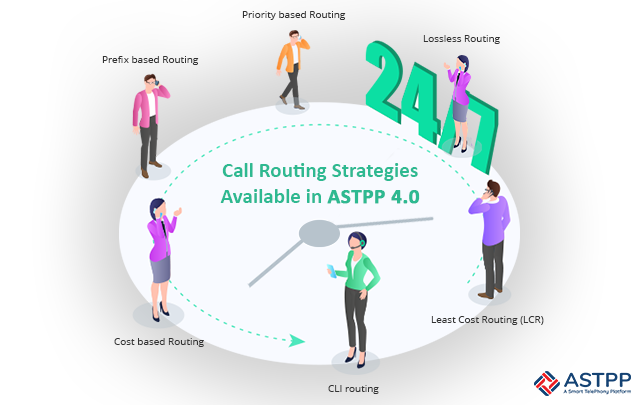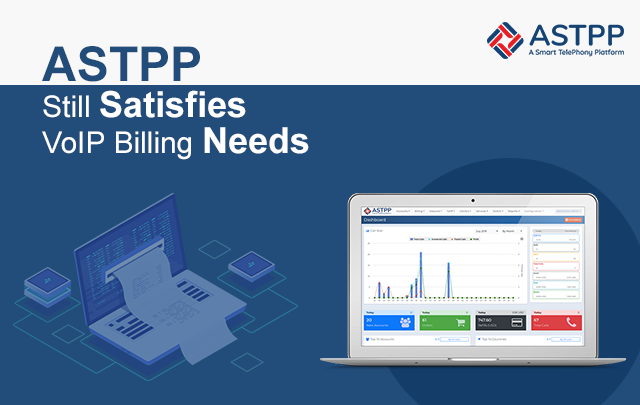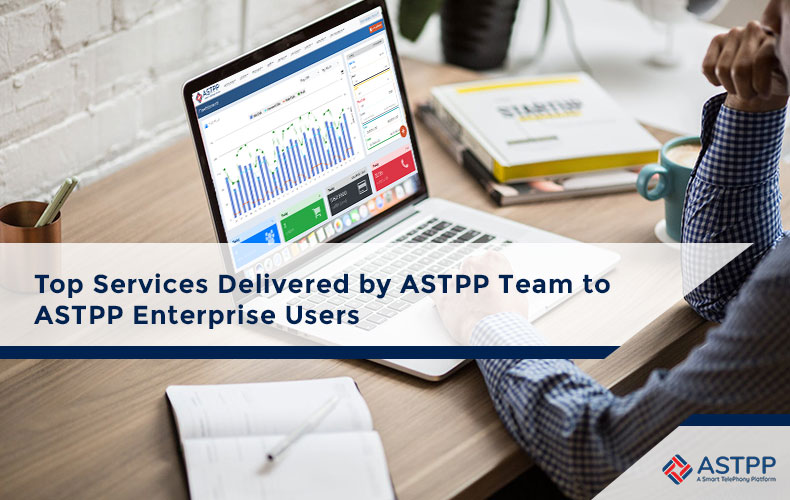ASTPP 4.0 is a smart telephony solution which aims to provide a complete VoIP and telephony solution to its users. It means when you use the ASTPP 4.0, you don’t need to invest in any additional VoIP solution. It is proficient to provide all different features needed to run different types of VoIP businesses.
One of the most important features required by businesses to run VoIP businesses is the “Call Routing”. There are different types of call routing rules aka strategies available in the market. Being one of the most advanced VoIP solutions with smart features, the ASTPP 4.0 is furnished with almost all call routing rules. This characteristic makes it a perfect solution for all different scaled and types of VoIP businesses.
Let’s Briefly Explore Different Call Routing Rules of ASTPP 4.0:
Least Cost Routing (LCR)
This is the most popular and widely used call routing rule. It selects the channel which costs minimum to the users. It is useful to offer cheap calling services.
Explore various call routing strategies in ASTPP 4.0 to find the perfect fit for your business needs!
Cost Based Routing
It is a distributed cost routing in contrast to the LCR (Least Cost Routing) which is a centralized cost routing strategy. It compares the cost and performance of available routes and chooses the one which gives the best performance in the least cost.
Priority Based Routing
Businesses use this to serve a group of customers receiving premium services. This rule prioritizes high-value customers by placing them at the front of the queue for immediate service.
Prefix Based Routing
This call routing rule is useful in the VoIP businesses that cater to multiple countries and international customers with its international calling services. This call strategy in ASTPP: smart telephony solution routes the call based on the prefix of the dialed number.
CLI Routing
It is more commonly used in wholesale VoIP termination business. CLI is an acronym of Caller ID. In simple terms, when you call someone, it will show a number in the caller ID of that person. If you use CLI routing strategy, then it will show the preferred caller ID else it will show random, or blocked number to the one that is receiving the call.
Non-CLI Routing
It is a default feature available while someone uses the wholesale VoIP termination services. The non-CLI is an alternative of the CLI. It doesn’t show a predefined caller ID to the user and displays a random number every time or might be the same number, depends on the VoIP termination service provider. VoIP termination service providers use it because it is cheaper than CLI call routing.
Lossless Routing
It is a smart call routing strategy which routes the call in a way that it lets a service provider choose if he wants to give the rates which may result in a loss for certain reasons. It is specifically designed to benefit the VoIP service providers and to assure they have complete control over their business every time.
These are the top call routing rules available in this open source smart solution. One can find all major call routing strategies in ASTPP 4.0.
The ASTPP enterprise version offers an additional range of features. To get a free demo and quotation of ASTPP enterprise version, contact us.





